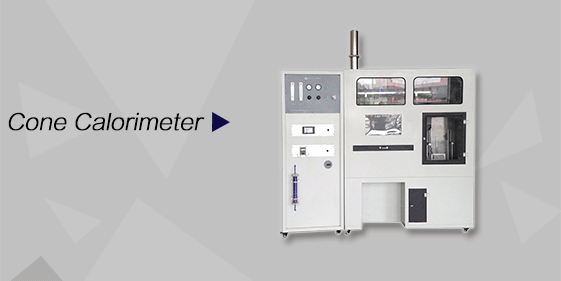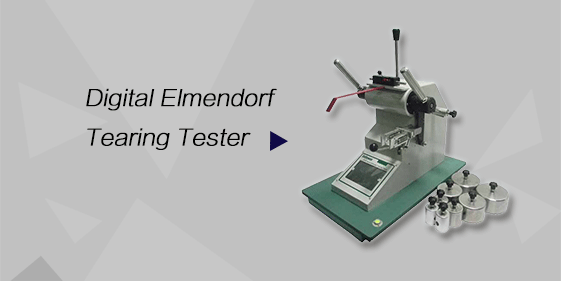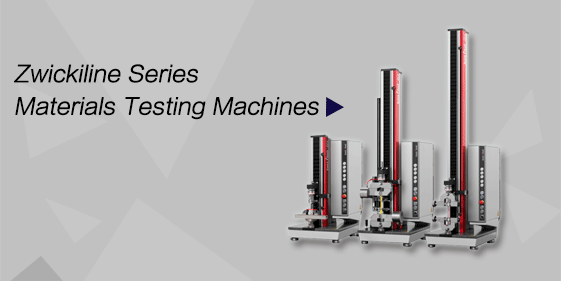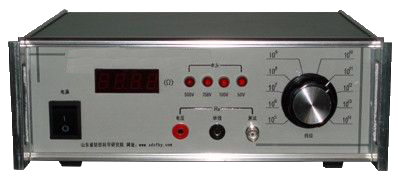Search keywords:
product name, product type, model number,
test method, manufacturer, technique, application
Surface Resistance Tester
BACKStandards:
GB/T 22042-2008 Garment. Anti-electrostatic property. Surface resistivity test method. EN 1149-1-1995 Protective clothing - Electrostatic properties - Part 1: Surface resistivity (Test methods and requirements) GB/T 1410-2006 Test method for volume resistivity and surface resistivity of solid insulation material. FZ/T 64013-2008 Electrostatic flocking velvet. SJ/10694-2006 General specification of anti-electrostatic inspection in electronical products manufacturing and application system. ASTM D257 Test methods for DC resistance or conductance of insulating materials GB/T 2439-200 Vulcanized rubber or thermoplastic elastomer. Electrical conductivity and dissipation performance resistivity measurement GB/T 10581-2006 Test method of resistance and resistivity of insulation material in high temperature GB/T 1692-2008 Determination of insulation resistivity of vulcanized rubber GB/T 12703.4-2010Textile.Determination of electrostatic performance. Part 4: resistivity.
Applications:
Surface resistance tester is an instrument which tests the surface resistance of the object, and is widely used in microelectronics, medicine, aerospace, precision machinery and other fields, suitable for measuring the insulating property of powder, powder objects, particulate matter, electronic components, media materials, wire and cable, anti-static products such as antistatic shoes, antistatic plastic rubber products, computer room antistatic raised floor and measuring the insulating resistance of electronical and electrical products. This instrument measures the high resistance micrometer current.
Product Information:
Introduction
Surface resistance tester, also known as antistatic tester, is widely used in microelectronics, medicine, aerospace, precision machinery and other fields. It is used for rapid and repeatable measurement of resistance of electric conduction, electrostatic dissipation and insulating surfaces. The surface resistivity can indirectly reflect the time of electrostatic leakage of the test material, thus reflecting the electrostatic performance of the test material.
Features
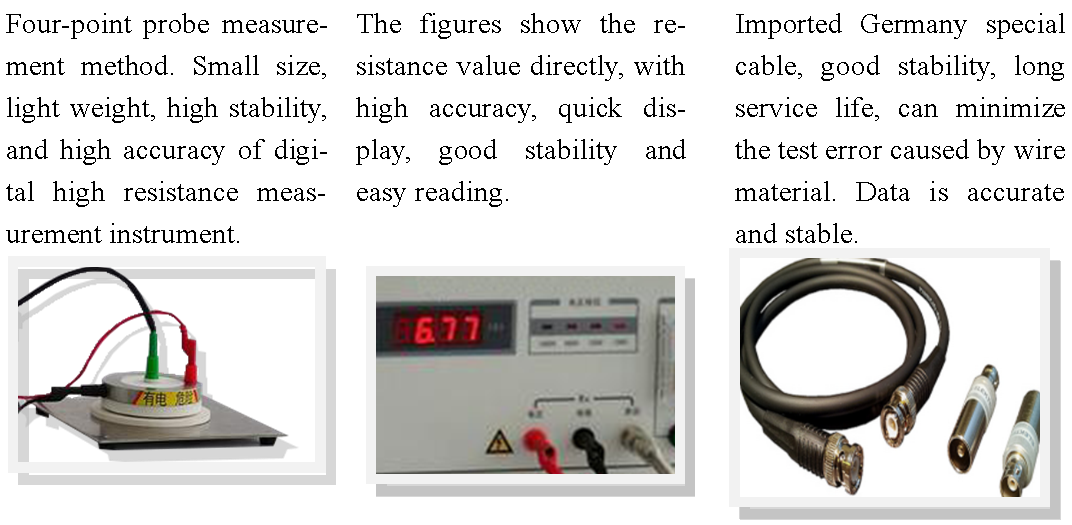
Technical Parameters
| Items | Parameters |
| Display mode | High integration of 3 1/2 digit display |
| Range limit | 1*105Ω-1.999*1014Ω |
| Test voltage | DC 100V |
| Working temperature | (23±1)℃ |
| Humidity | (25±5)%RH |
| Zero drift | <±5% |
| Fundamental error | ≤±10% |
| AC adaptor | 120V or 220V holder, grounded probe |
| Hammer | 5 pounds concentric ring probe |



